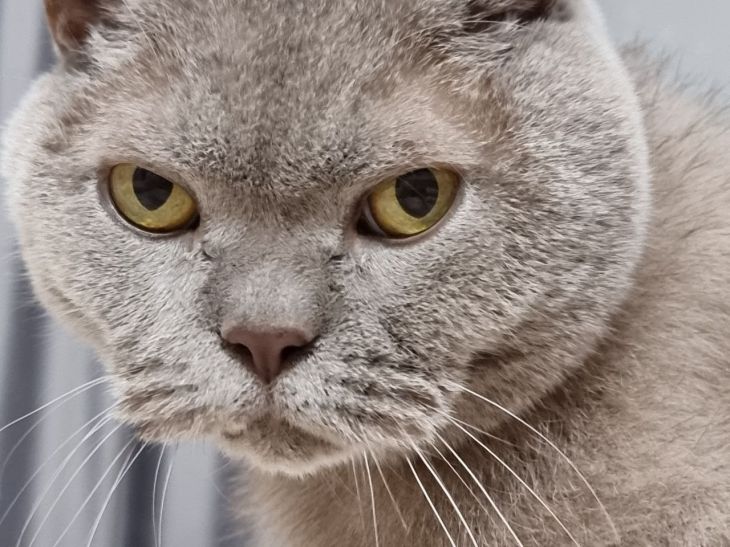Why did the cat start eating too much? There are 3 problems
Cats like to eat only what they like, as they are considered picky animals.
However, sometimes cats may start eating too much, which can be a sign of some health or behavioral issues. In this article, you will learn about the three most common reasons why a cat may start eating too much.
Stress
Stress is one of the most common reasons why a cat may increase its appetite.
Stress can be caused by various factors, such as moving, the arrival of a new animal or person in the house, a change in daily routine or diet, noise, lack of attention, etc.
Stress causes cats to seek comfort in food, which can lead to obesity and other diseases. To help your cat feel comfortable and cope with stress, you need to create a cozy place for them to rest and relax.

It is also important to play with your cat and be affectionate and caring so that she feels loved.
In addition, it is necessary to feed your cat quality food that is appropriate for its age and takes into account its health condition.
Hormonal disorders
Hormonal imbalances are another possible reason why a cat may be eating too much. Certain hormones, such as thyroid hormone, affect a cat's metabolism and appetite.
If a cat has elevated thyroid hormone levels, it may suffer from hyperthyroidism, which manifests itself in increased appetite, weight loss, nervousness, increased activity, etc.
If a cat has a low thyroid hormone level, it may suffer from hypothyroidism, which manifests itself in decreased appetite, obesity, apathy, drowsiness, etc. To determine the presence of hormonal disorders in a cat, you need to contact a veterinarian and do a blood test.
Depending on the diagnosis, your cat may be prescribed medication or surgery.
Diabetes mellitus
Diabetes mellitus is a serious condition that can also cause your cat to have an increased appetite.
Diabetes occurs when a cat cannot properly metabolize glucose from the blood, causing it to be constantly hungry and thirsty. The cat may also urinate excessively, lose weight, suffer from infections, and become weak.
Diabetes mellitus can be caused by heredity, obesity, stress, aging, or other factors. To confirm the diagnosis, you need to test your cat's urine and blood.
Treatment of diabetes in cats involves maintaining normal blood glucose levels with insulin injections, special food, and regular veterinary monitoring.
Previously, we reported on how to understand that the dog's food is not suitable .
